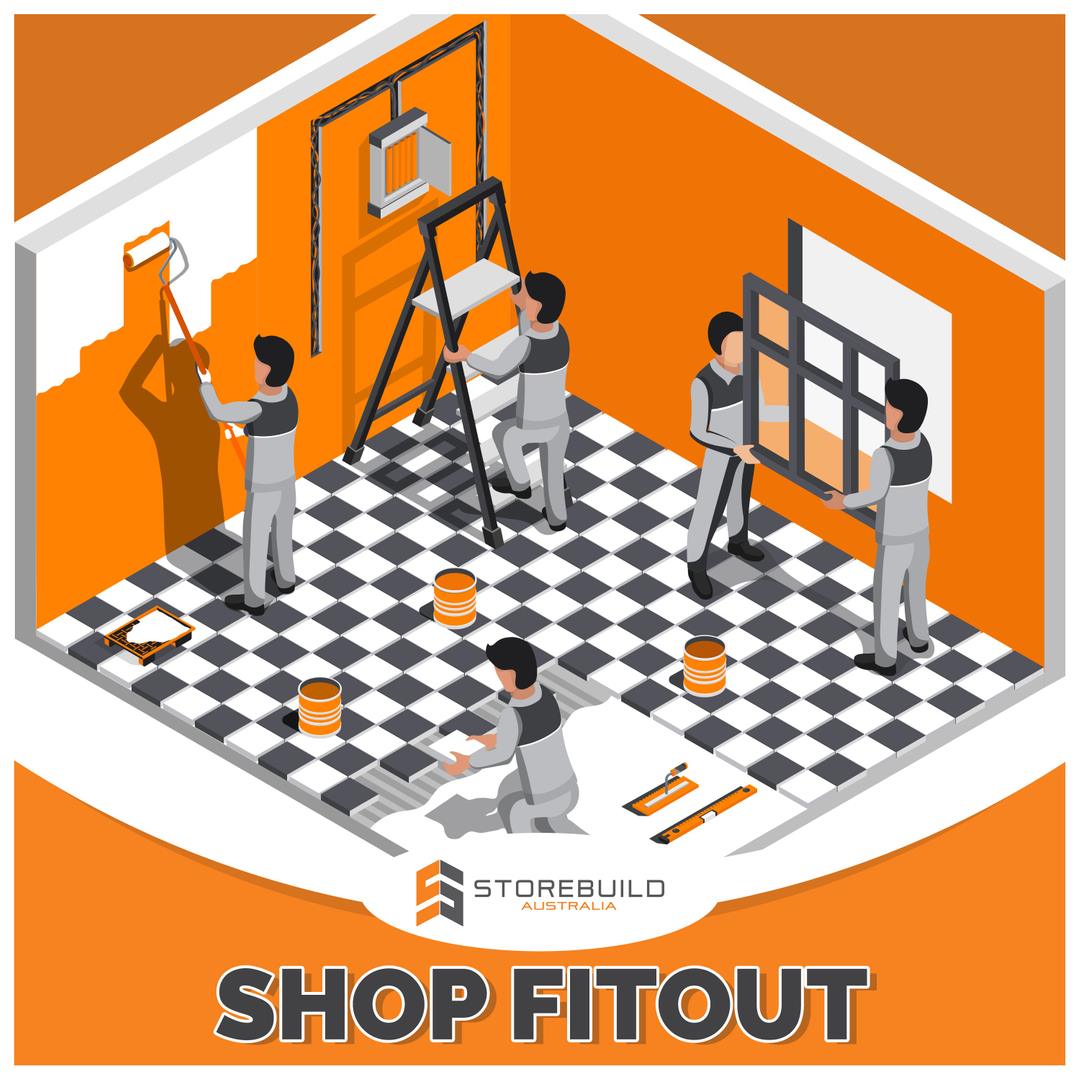Case Analyses: Successful Commercial Spaces Globally
This commerce environment is constantly developing, and companies are realizing the substantial effect of a well-executed renovation on their performance. A retail fit-out is beyond just a material transformation of a space; it is a strategic process that can elevate the buying journey, reflect brand representation, and finally increase sales. As more merchants strive to craft engaging client experiences, grasping the details of store design becomes crucial for those looking to establish or renovate a retail space.
In this article, we will examine interesting case studies of successful commercial designs from globally, showcasing how innovative concepts and considerate planning have led to noteworthy results. From busy metropolitan areas to delightful specialty stores, these illustrations will deliver insightful knowledge into the elements needed create an welcoming commercial space that not just engages clients but also aligns to modern trends and anticipated demands. Join us as we delve into the world of retail fit-outs and discover the fundamental aspects that can enhance your business.
Understanding Commercial Fit-Outs and Their Importance
Retail fit-outs refer to the procedure of transforming a space into an inviting and functional retail setting. This involves multiple elements such as design, layout, branding, and ambiance all designed to improve the consumer experience. A thoroughly planned fit-out can efficiently communicate a company's identity, making it essential for drawing and holding customers. Understanding the worth of a retail fit-out goes beyond visual appeal; it covers strategic approaches that can considerably impact sales and customer visits.

The significance of a retail fit-out lies in its capability to foster a welcoming shopping atmosphere that attracts customers in. A well planned space not just showcase products well but also prompts shoppers to interact with those items and invest more time within the store. This increased dwell time can lead to higher conversion rates, changing casual customers into loyal customers. Moreover, the layout and configuration can promote ease of movement and an overall pleasant shopping process, reinforcing positive views of the brand.
In the current competitive retail landscape, a effective fit-out can set a store apart. With the increase of e-commerce, physical retailers must deliver distinct ambiences that online shopping cannot replicate. Retail fit-outs allow retailers to integrate cutting-edge layouts and techniques that meet the evolving expectations of consumers. By understanding and putting resources into a persuasive fit-out, retailers can additionally boost their appeal but also create lasting impressions that drive ongoing success.
The Retail Fit-Out Process: Planning and Implementation
The retail fit-out procedure starts with meticulous preparation, which is essential for crucial for ensuring a successful result. This stage involves defining the project scope, creating a feasible budget, and establishing a schedule. Working with designers and builders at the outset assists to match your vision with realistic implementation. It is also essential to consider the specific needs of your intended customers and the overall brand image, which will inform the design features and arrangement decisions.
Once the planning is complete, the implementation phase begins. It entails managing multiple trades and ensuring that every aspect of the fitting is conducted efficiently. Retail Fit Out Somerset and check-ins with your project team are crucial to resolve any challenges that may come up and to maintain the progress on track. Attention to detail during implementation can significantly impact the final product, making it essential to oversee the quality of craftsmanship and confirm that all elements are set up per the planned design.
After the execution phase, the subsequent action is the conclusive review and adjustments. A thorough inspection will help spot any issues that need addressing prior to opening your retail space. This step is also an opportunity to ensure that every installation are functional and that the area aligns seamlessly with your initial vision. Completing this process efficiently will not only but also improve the experience for customers but also establish a solid base for your business activities moving forward.
Cutting-edge Movements and Sustainable Methods in Store Designs
The retail industry is evolving rapidly, with innovative practices emerging that redefine customer engagement and sustainability. One notable development is the integration of intelligent systems, which improves the consumer experience through customized engagements and streamlined operations. Retailers are utilizing data insights and electronic displays to build captivating settings that not only draw in customers but also provide them with valuable information, ensuring a remarkable visit. This strategy not only increases sales but also fosters a deeper connection between companies and customers.
Eco-friendliness is at the center of modern retail fit-outs, as businesses gradually recognize the importance of sustainable methods. From using eco-friendly materials to implementing green technologies, retailers are taking significant steps toward reducing their environmental impact. Natural design, which integrates natural features into store designs, is gaining traction as it creates engaging spaces that harmonize with customers while enhancing well-being. Additionally, retailers are putting resources into green energy and minimization practices, demonstrating their allegiance to a eco-friendly future.
In addition, cutting-edge retail fit-outs are stressing adaptability and adaptability to cater to dynamic consumer behaviors. The rise of online shopping has led to brands to create adaptable spaces that can quickly adapt to satisfy different needs, such as hosting events or showcasing new products. Pop-up retail have become a tactical approach, allowing businesses to explore markets in flexible environments without long-term commitments. This trend not only fosters originality but also provides a space for brands to engage with their customers in novel ways, ultimately stimulating growth and consumer fidelity.